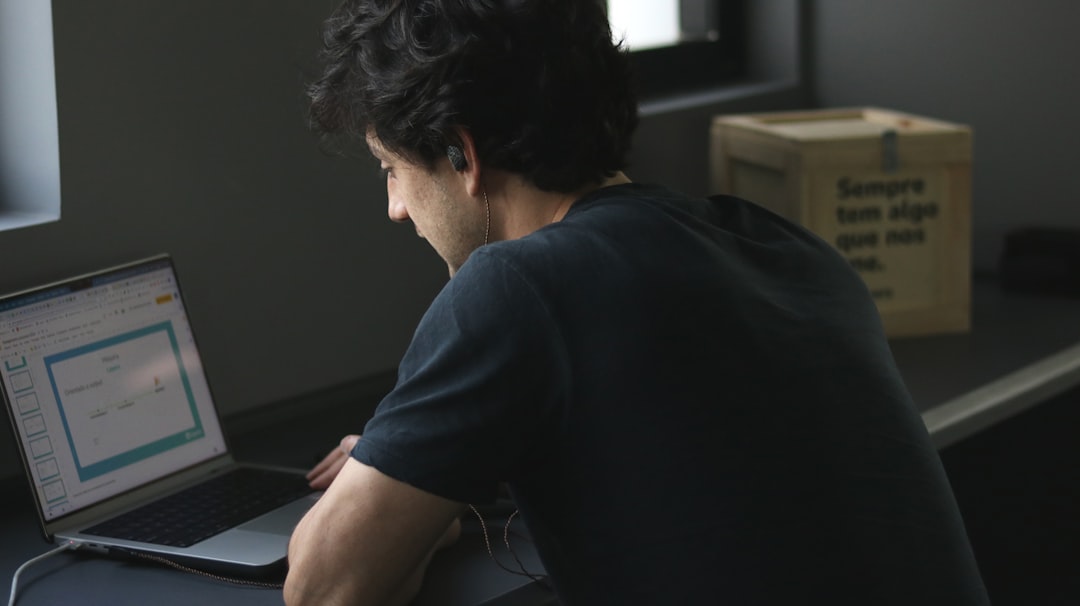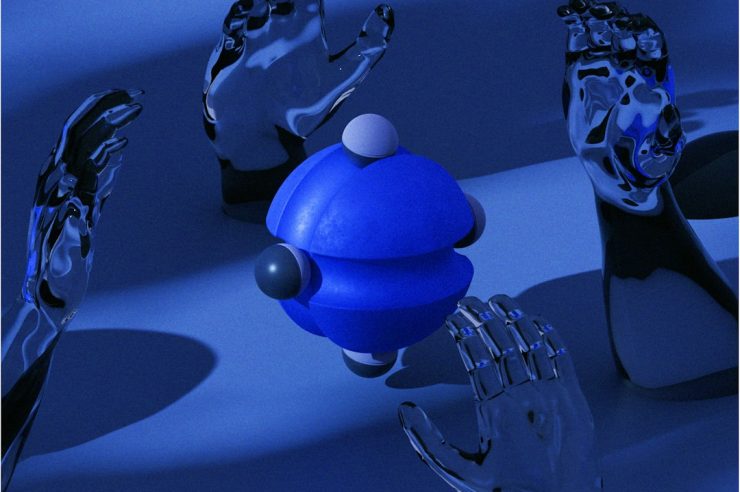Ever wanted to talk to a robot? Now you can create one yourself! Python makes it fun and easy to build your own chatbot. You don’t have to be a coding wizard. Let’s take a simple and exciting trip through chatbot land!
What is a chatbot?
A chatbot is a computer program that you can chat with. It responds to your text like a real person. Some are smart. Some just follow scripts. But even the basic ones can be cool!
Let’s create a simple rule-based chatbot first. Later, you can add AI magic to make it smarter.
What do you need?
First things first! You’ll need a few tools:
- Python (Get the latest from python.org)
- Text editor (VSCode, PyCharm, or even Notepad++)
- A little patience
[ai-img]python logo, chatbot, computer screen[/ai-img]
Step 1: Choose your chatbot style
You’ve got options.
- Rule-based: Uses if/else rules. Simple but limited.
- AI-based: Uses machine learning. Smarter but more complex.
Let’s start with rule-based. Easy to understand. And fun to build!
Step 2: Write your chatbot script
Open your text editor and create a file called chatbot.py. Here’s a basic example:
def chatbot_response(user_input):
user_input = user_input.lower()
if "hello" in user_input:
return "Hi there! How can I help you?"
elif "bye" in user_input:
return "Goodbye! Have a nice day!"
elif "how are you" in user_input:
return "I'm just a bunch of code, but I'm doing great!"
else:
return "Sorry, I didn't understand that."
while True:
user_input = input("You: ")
if user_input.lower() == "exit":
print("Chatbot: Bye!")
break
response = chatbot_response(user_input)
print("Chatbot:", response)Run it! Now type messages and watch your bot reply.
Step 3: Make it fancy
Add more responses, emojis, or even dad jokes! Here’s how:
elif "joke" in user_input:
return "Why don't programmers like nature? Too many bugs!"Keep adding more if and elif rules. Go wild!
Step 4: Clean it up
Create a nice interface in a loop. Make it stop when the user says “exit” (we did that earlier). You can even add typing animations using time.sleep() from the time library.
import time
def type_print(text):
for char in text:
print(char, end='', flush=True)
time.sleep(0.03)
print()
type_print("Hi there! I’m your chatbot friend!")What if I want to add AI?
Good question! If you want your chatbot to be smarter, try using Natural Language Processing (NLP). The Python library ChatterBot is great for this.
from chatterbot import ChatBot
from chatterbot.trainers import ChatterBotCorpusTrainer
bot = ChatBot('MyBot')
trainer = ChatterBotCorpusTrainer(bot)
trainer.train("chatterbot.corpus.english")
while True:
user_input = input("You: ")
if user_input.lower() == "exit":
print("Chatbot: Bye!")
break
response = bot.get_response(user_input)
print("Chatbot:", response)Note: You may need to install ChatterBot using pip install chatterbot. It may require Python 3.6 or 3.8.
[ai-img]ai chatbot, natural language, machine learning[/ai-img]
What else can I do?
Build a simple web UI with Flask!
Store conversation history in a database!
Or connect it to Telegram or Discord!
Quick Tips
- Start small. Test each part as you go.
- Keep learning. The more you learn, the cooler your bot gets.
- Have fun! Give your chatbot a fun personality!
Wrap Up
You just took your first step into the world of AI! Whether it’s a joke bot, a helper, or a wisecracking robot, you can make it real with Python.
So go ahead—ask your bot how it’s feeling today. It might surprise you!



